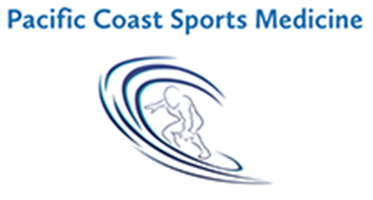How to identify and treat inner knee pain
The inner or medial knee refers to the part closest to the other knee. Injuries and arthritis are two possible causes of inner knee pain. Treatment options depend on the cause and include warm or cold packs, exercise, and medication.
The Impact of Bone Cement on Bone Healing in Revision Hip Arthroplasty for Periprosthetic Femur Fractures and Cortical Osteotomies
It is widely acknowledged that bone cement may infiltrate the fracture site during the implantation of a cemented hip stem for a periprosthetic fracture, potentially leading to non-union. This study sought to examine this hypothesis through a radiological analysis of patients who underwent cemented femoral stem implantation to stabilize a periprosthetic femur fracture or after a cortical osteotomy for stem extraction.
Researchers develop new test for early osteoarthritis diagnosis
Diagnosing osteoarthritis often occurs in the late stages when cartilage degradation is severe, making it difficult to distinguish it from other types of arthritis and to determine the best treatment plan. In work published in the Journal of Orthopaedic Research, investigators have developed and tested a new diagnostic test that uses two markers found in the synovial fluid of patients' joints.
Silk Fibroin-Platelet Rich Plasma Injectable Hydrogel with Controlled-Release of Growth Factors for Knee Osteoarthritis
Osteoarthritis (OA) is one of the most common articular diseases globally [1]. Its symptoms include pain and stiffness of the joint, resulting in significant disability and morbidity of the affected population [2]. OA can be classified into primary and secondary according to its aetiology, with the former comprise the majority of the cases. Primary OA is multifactorial in nature and is caused by mechanical stress, inflammation, immunity, genetics and metabolism.
Nano delivery systems in stem cell therapy: Transforming regenerative medicine and overcoming clinical challenges
Stem cell therapy has emerged as a promising approach in regenerative medicine, offering potential treatments for various degenerative diseases and injuries. However, the clinical application of stem cell therapy faces challenges such as low cell viability, inefficient delivery to target sites, and immune rejection. Nanodelivery systems (NDS) have the potential to address these limitations and enhance the efficacy of stem cell-based treatments.
Urgent Care is available after hours and weekends through Ortho Care on Demand.



